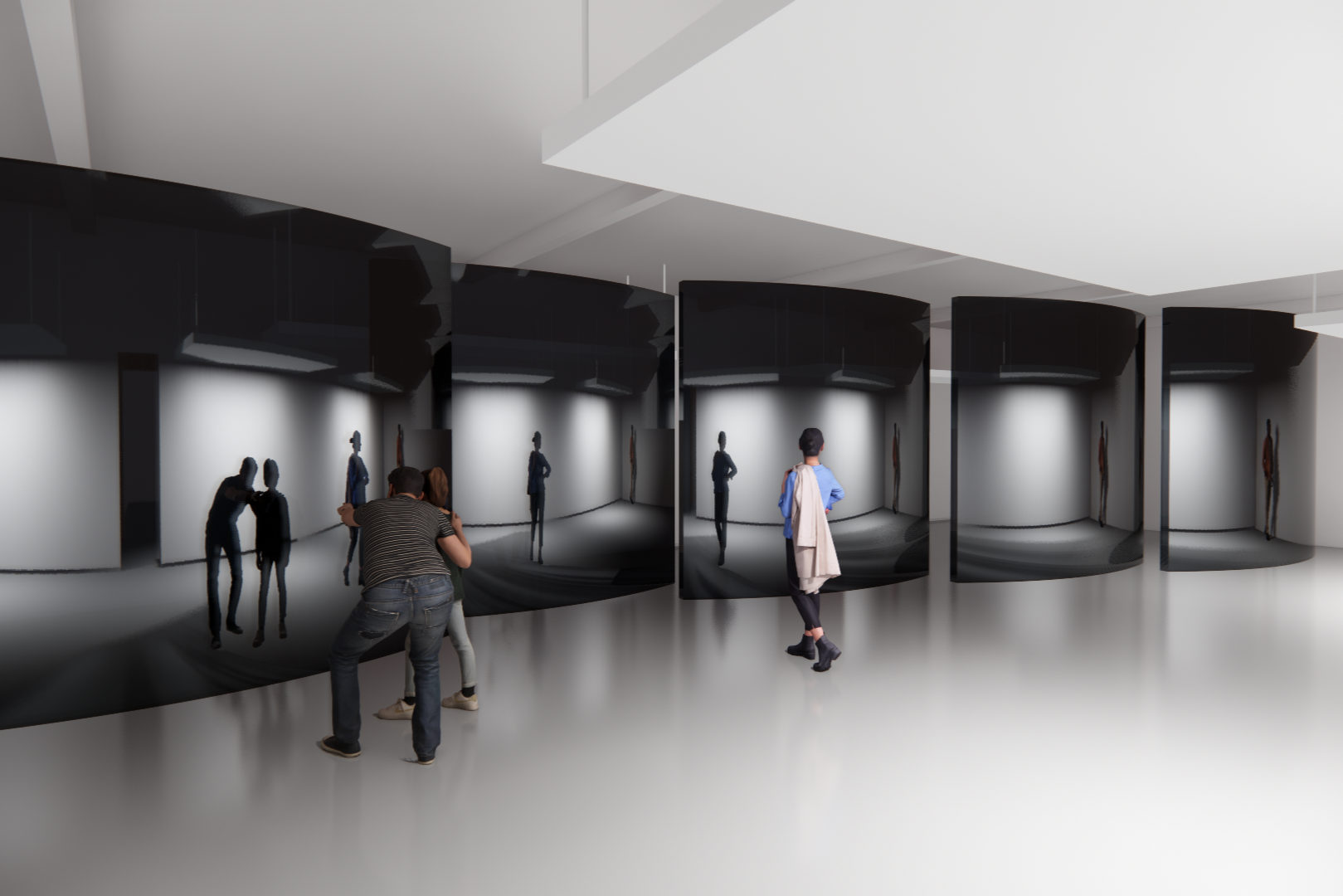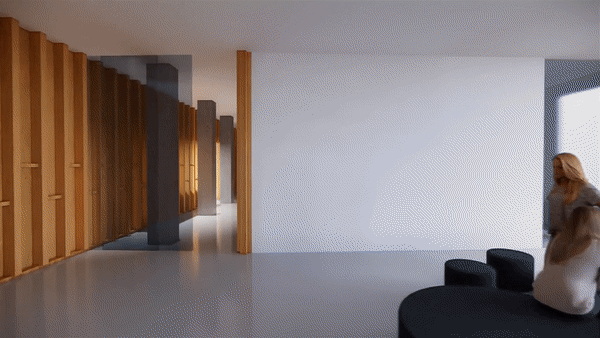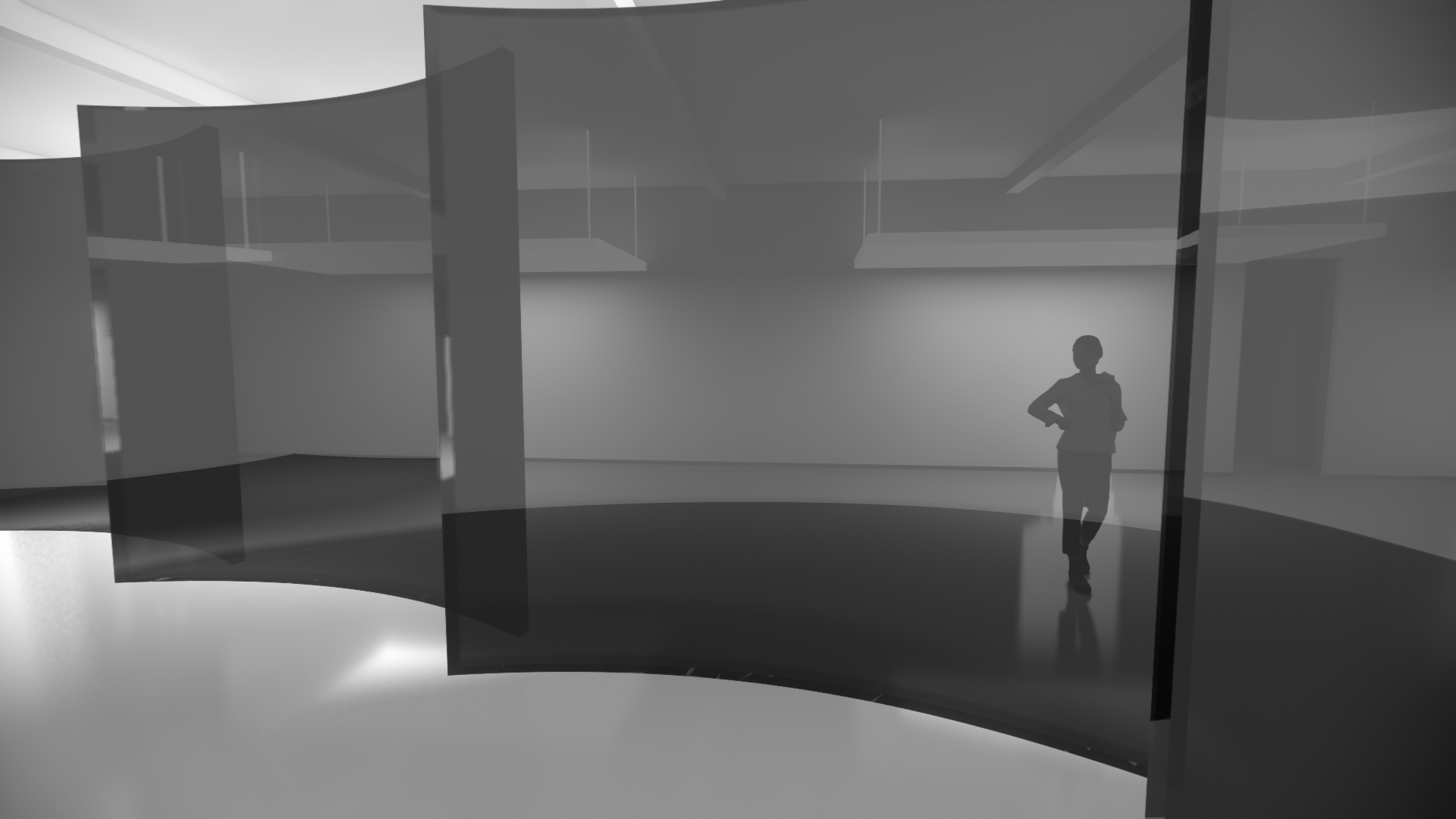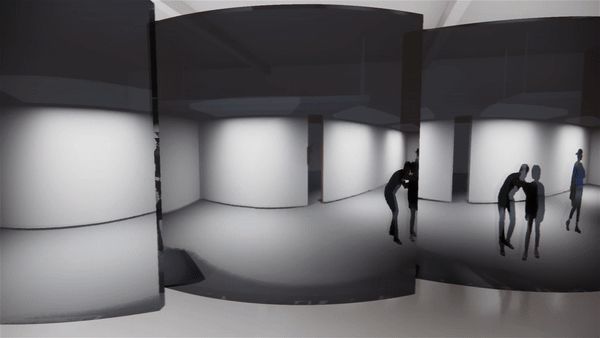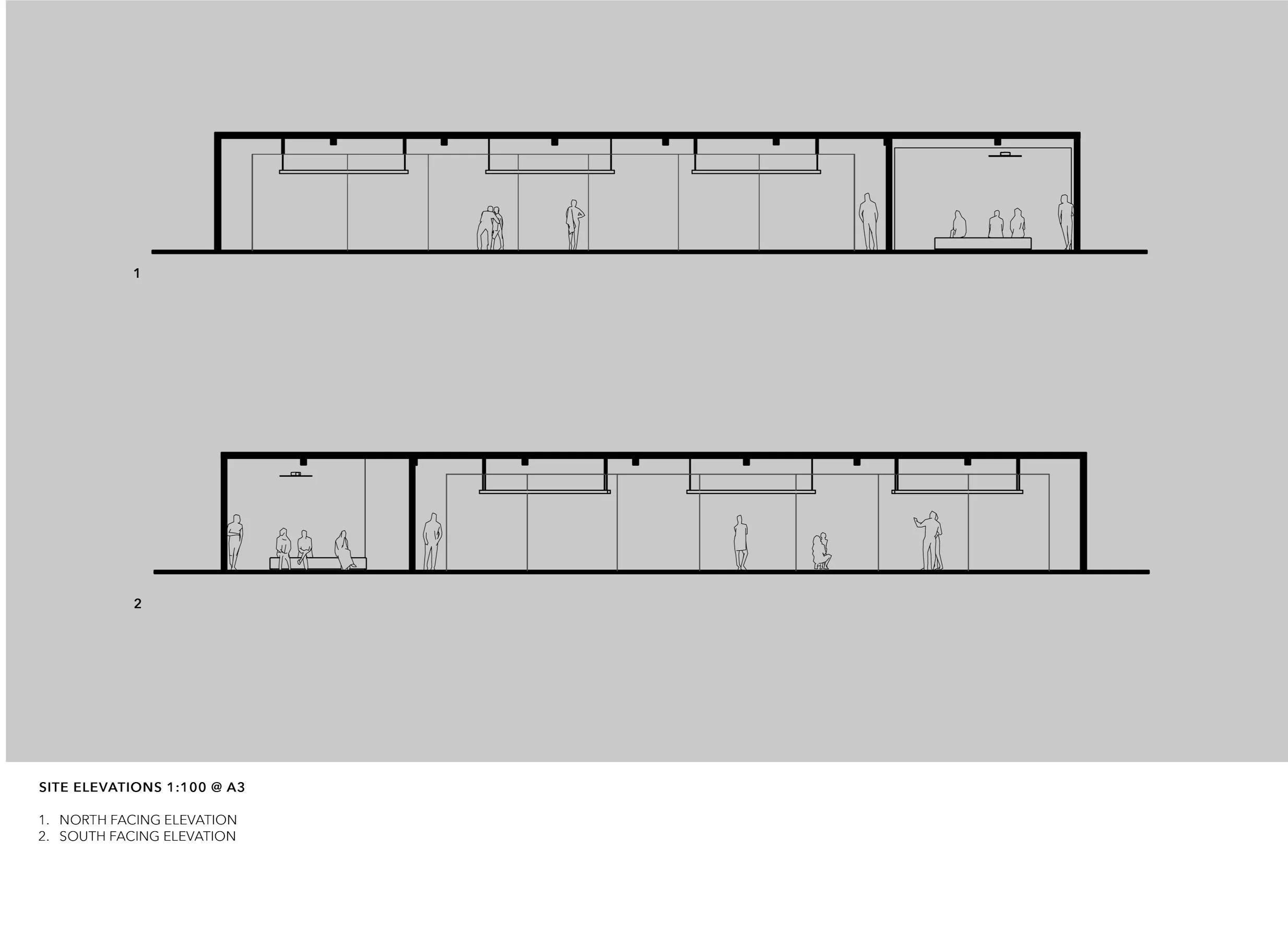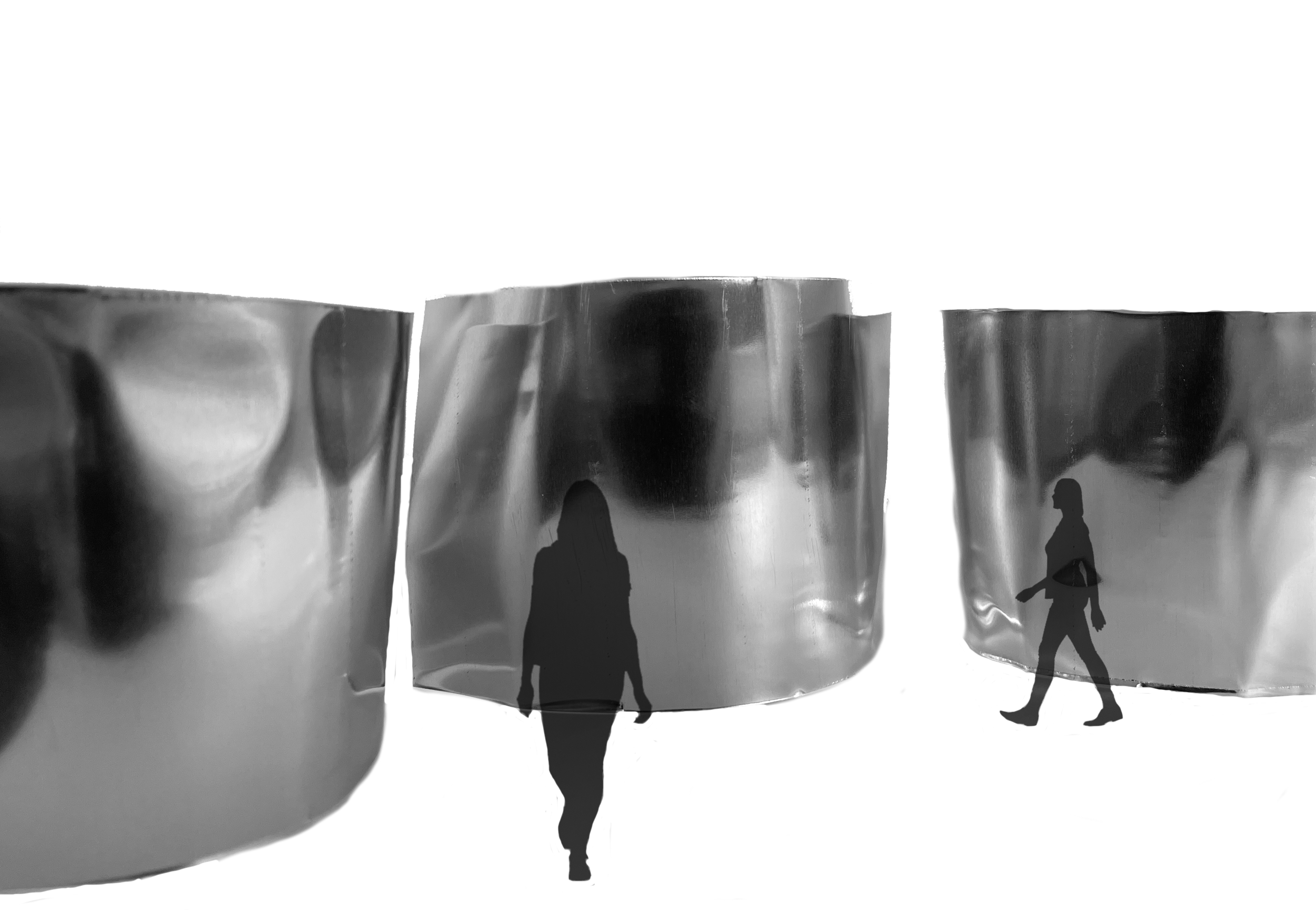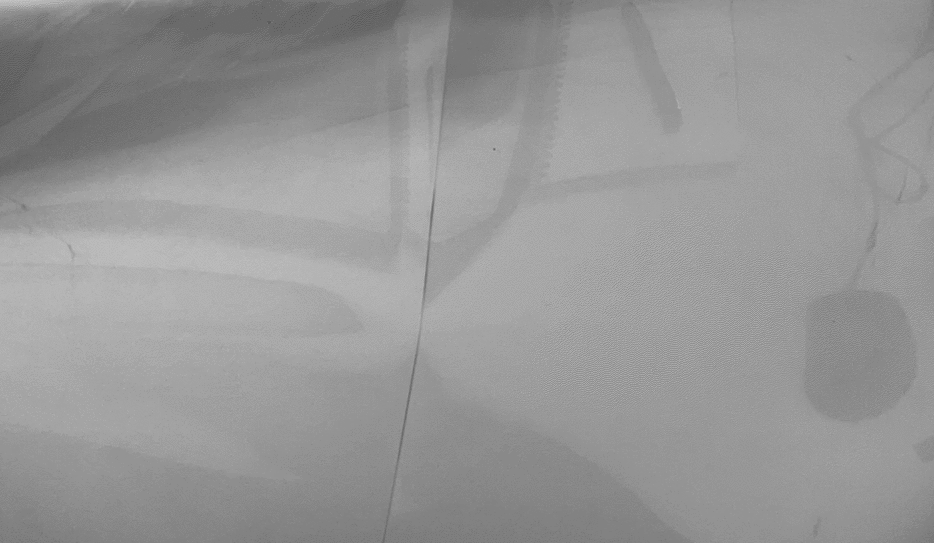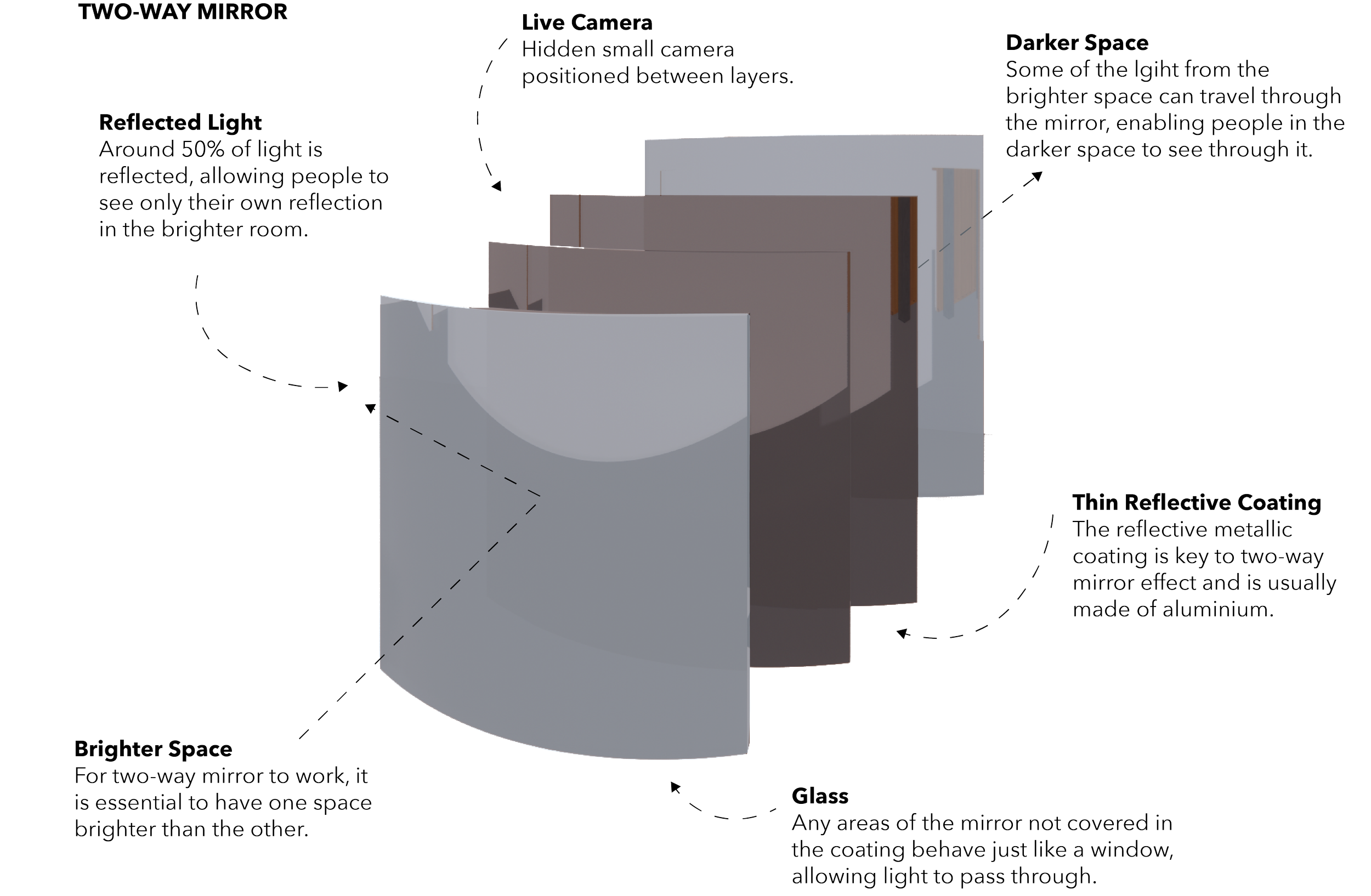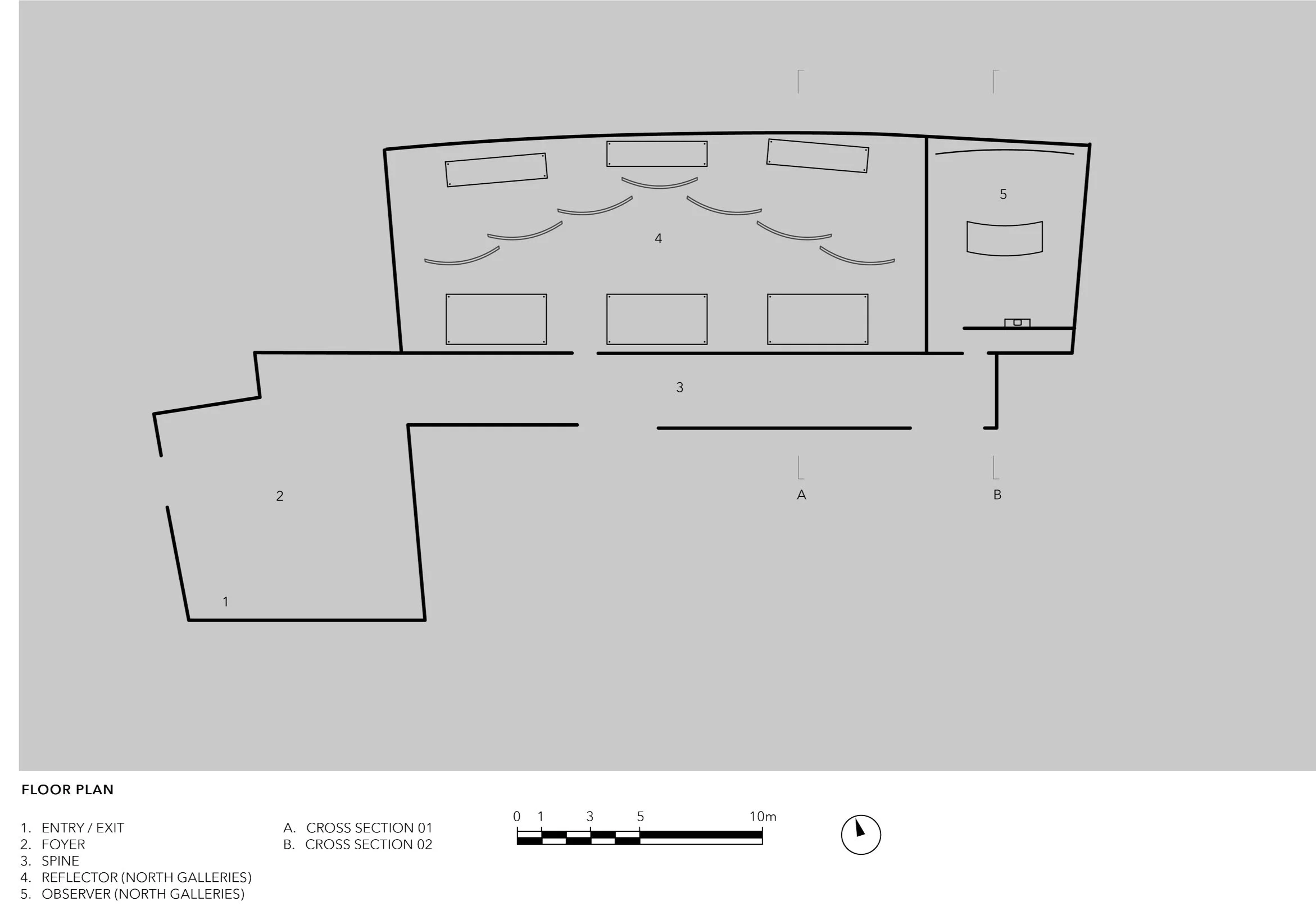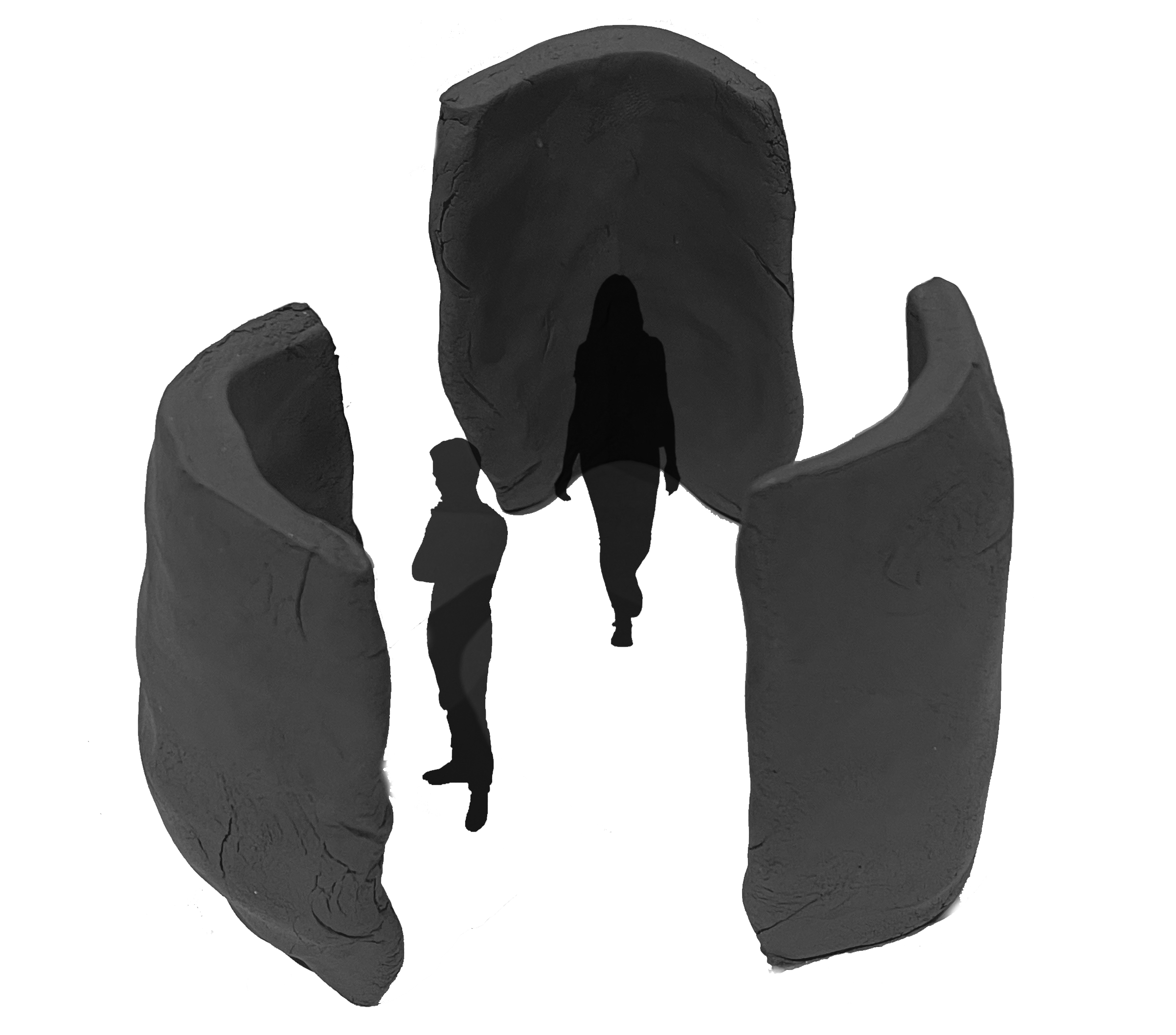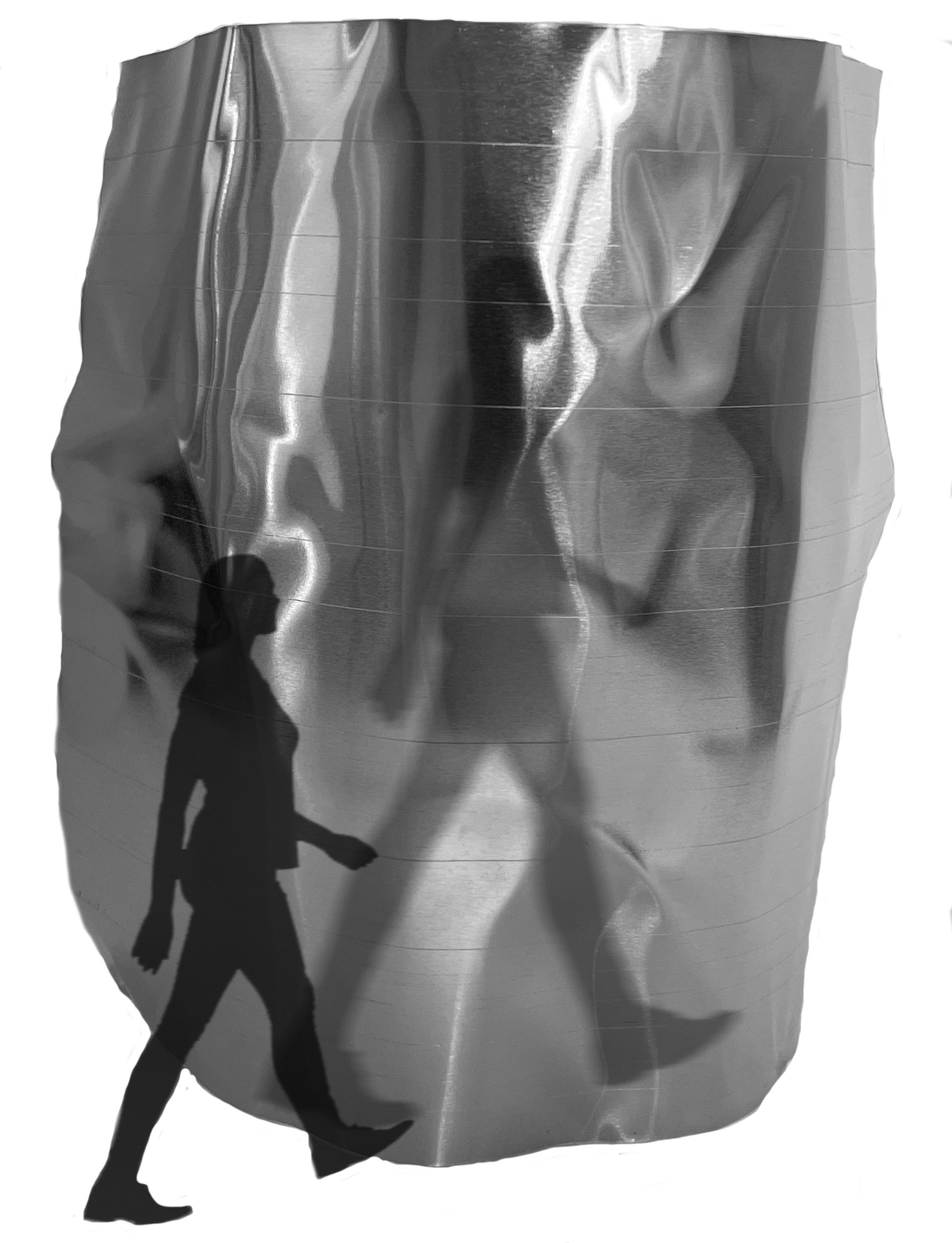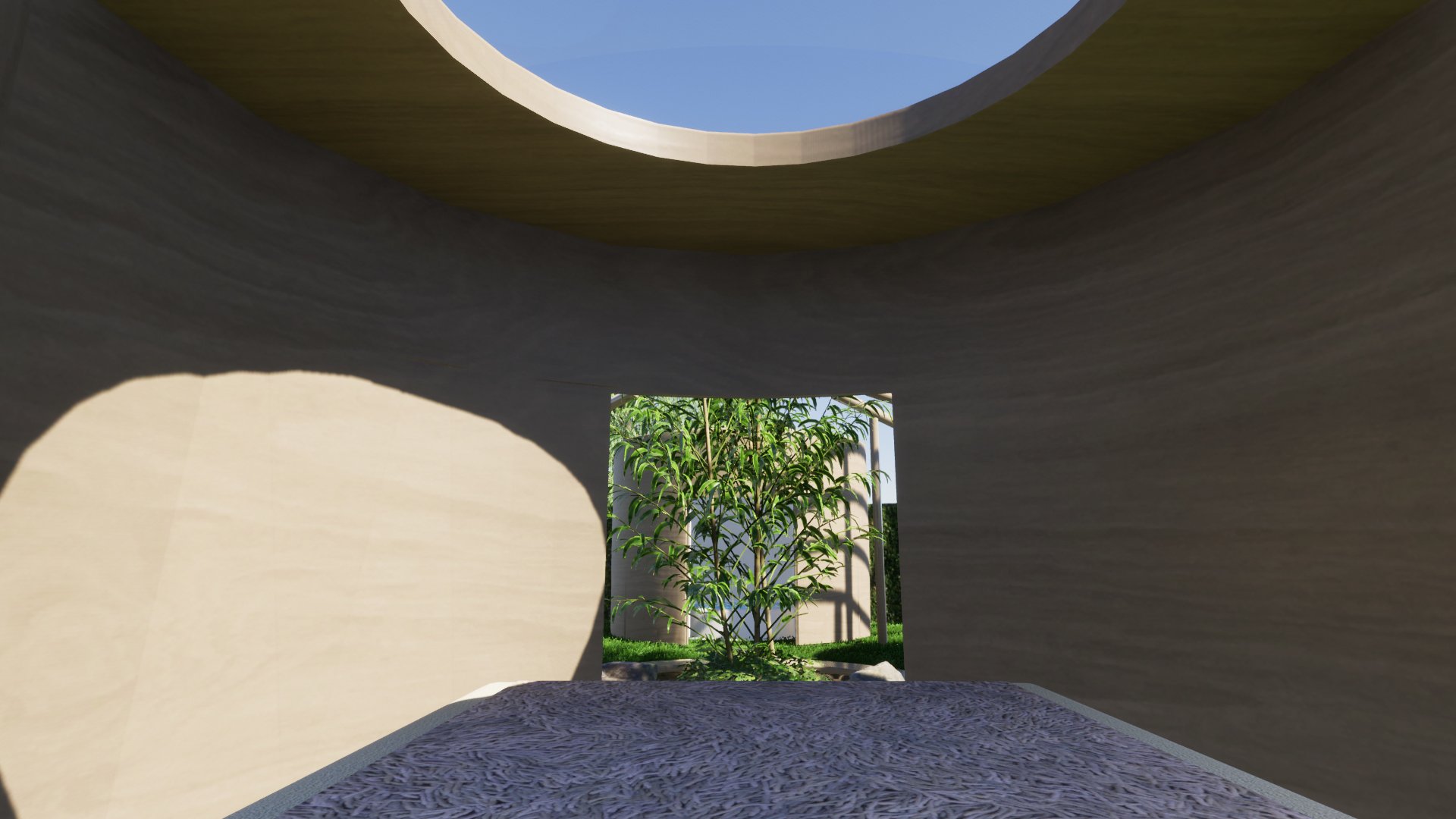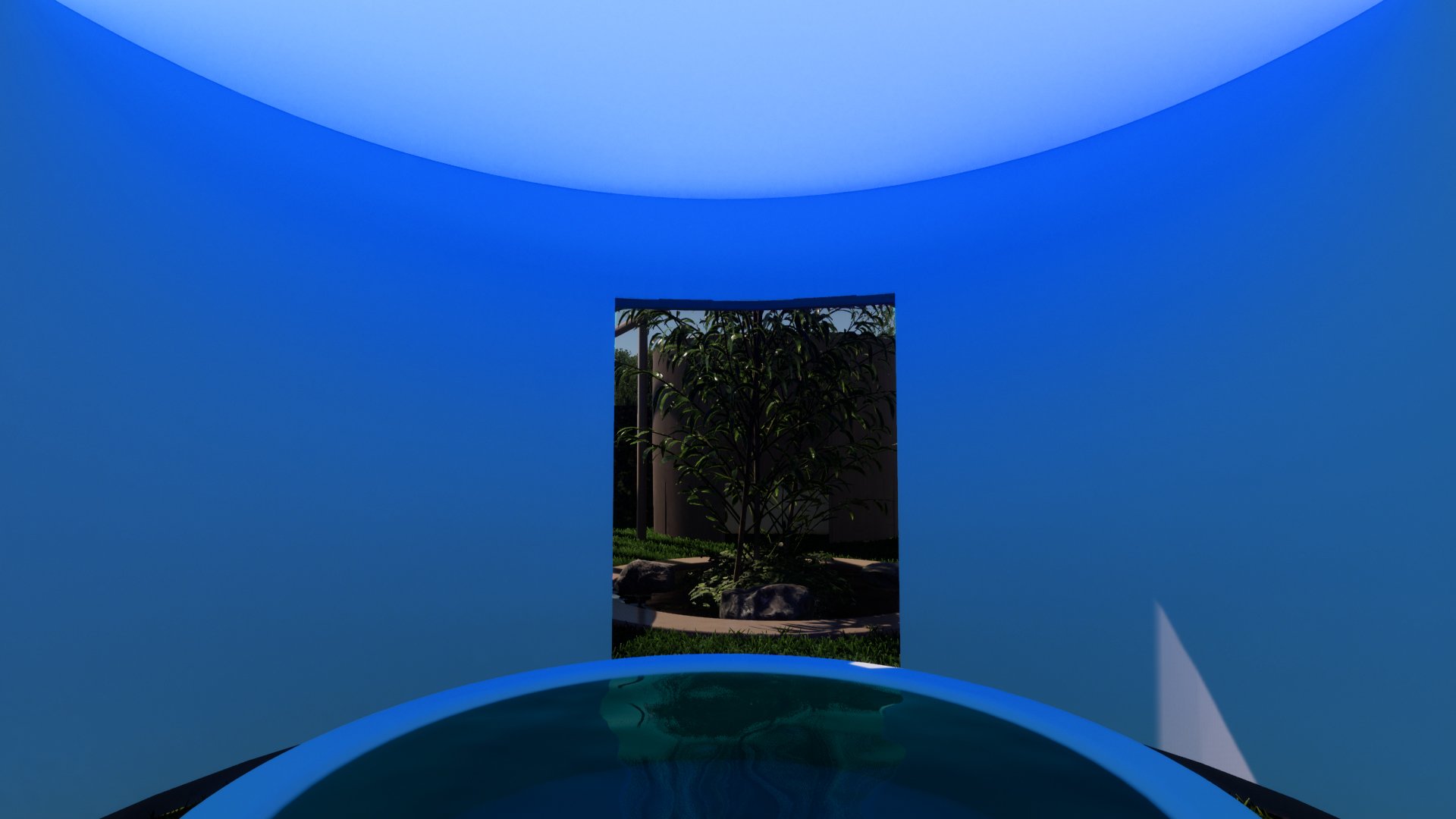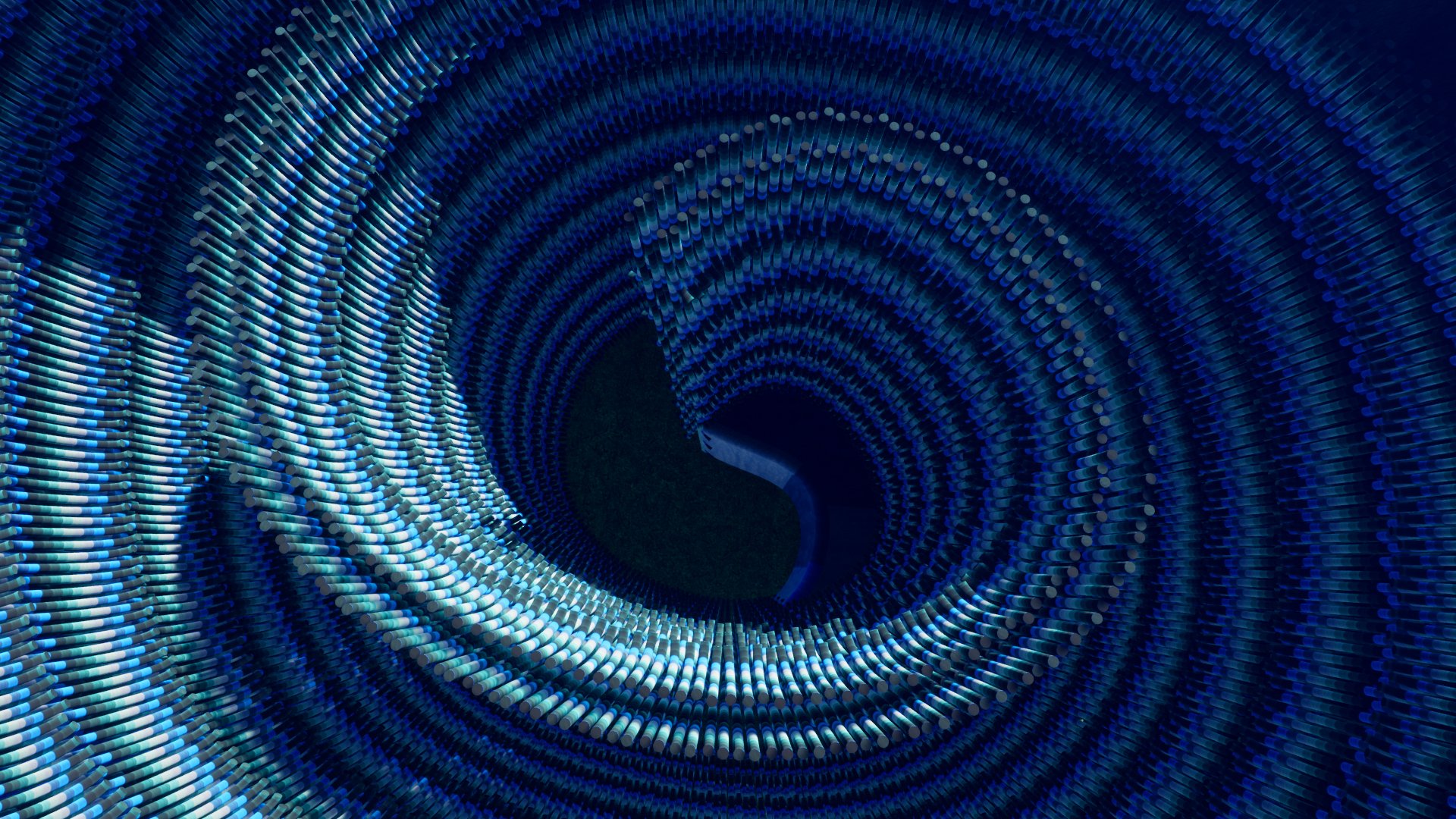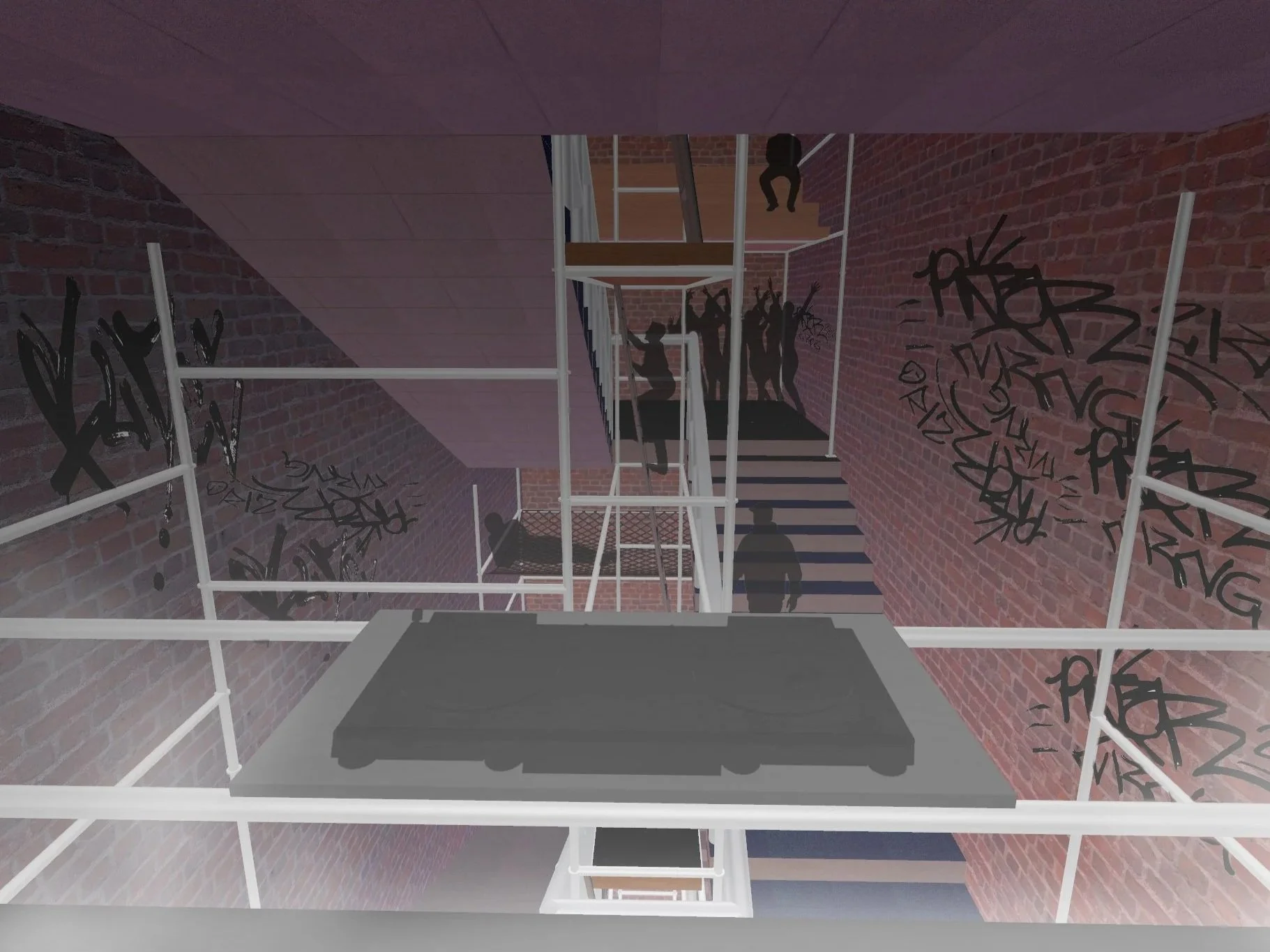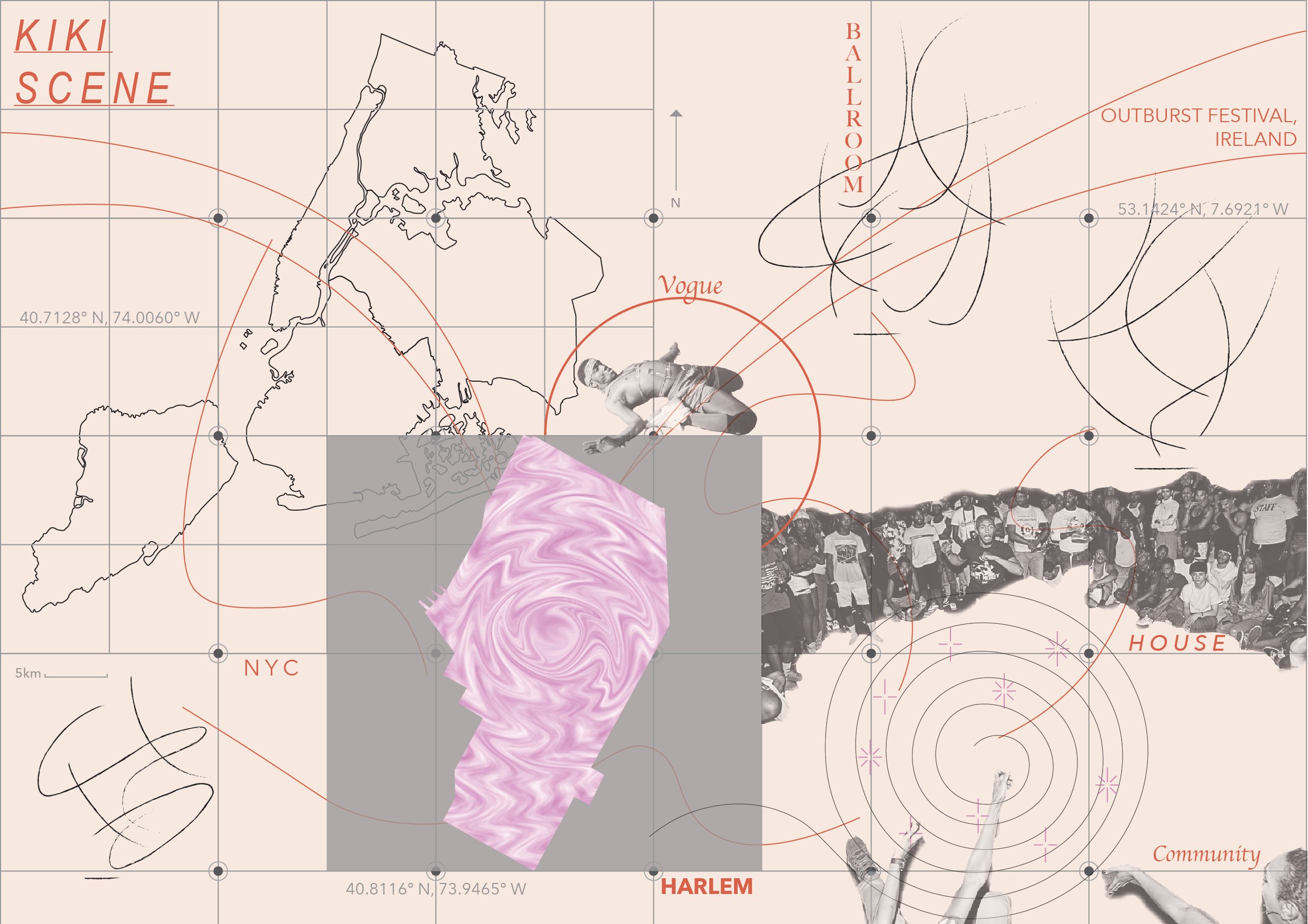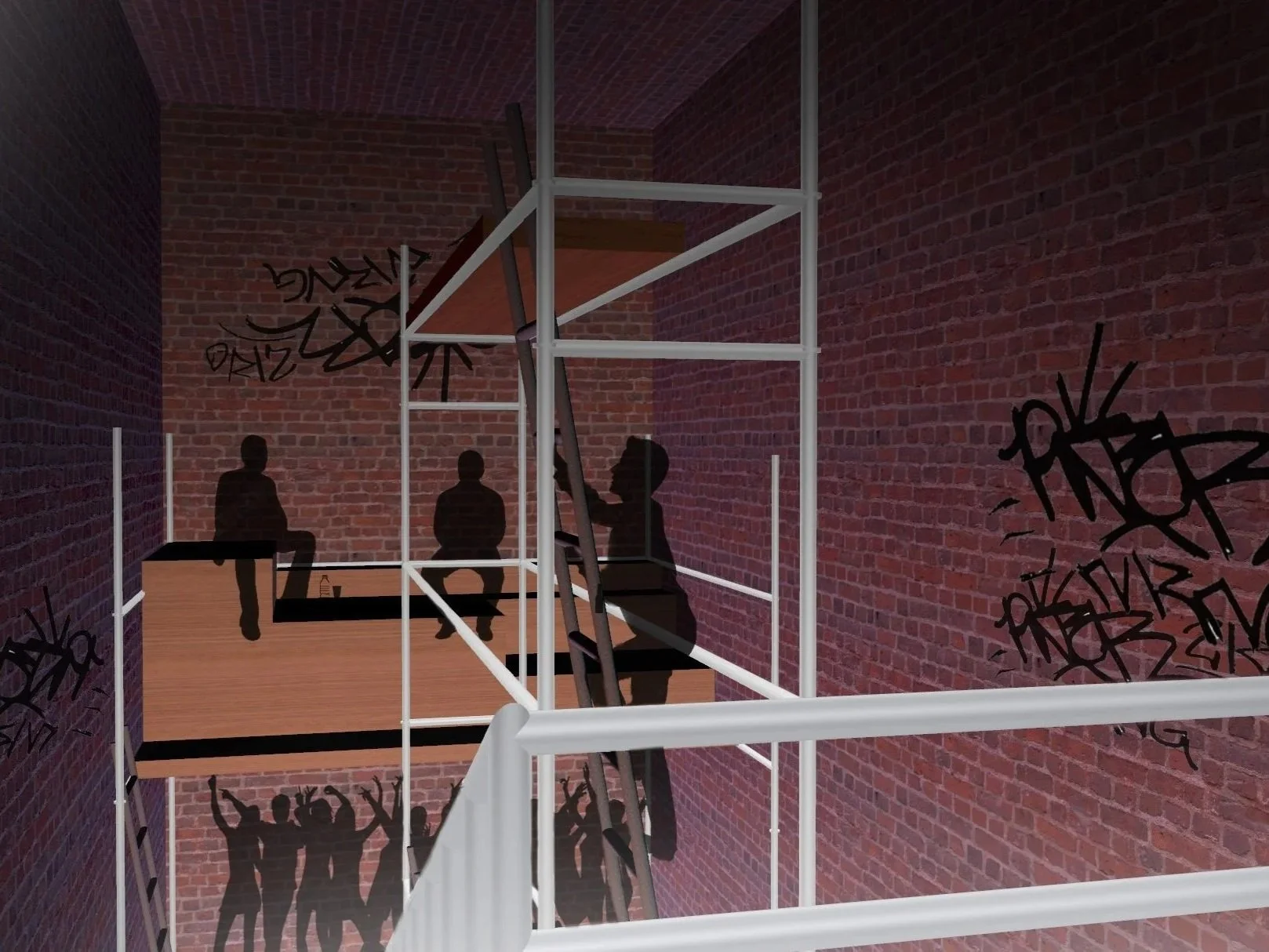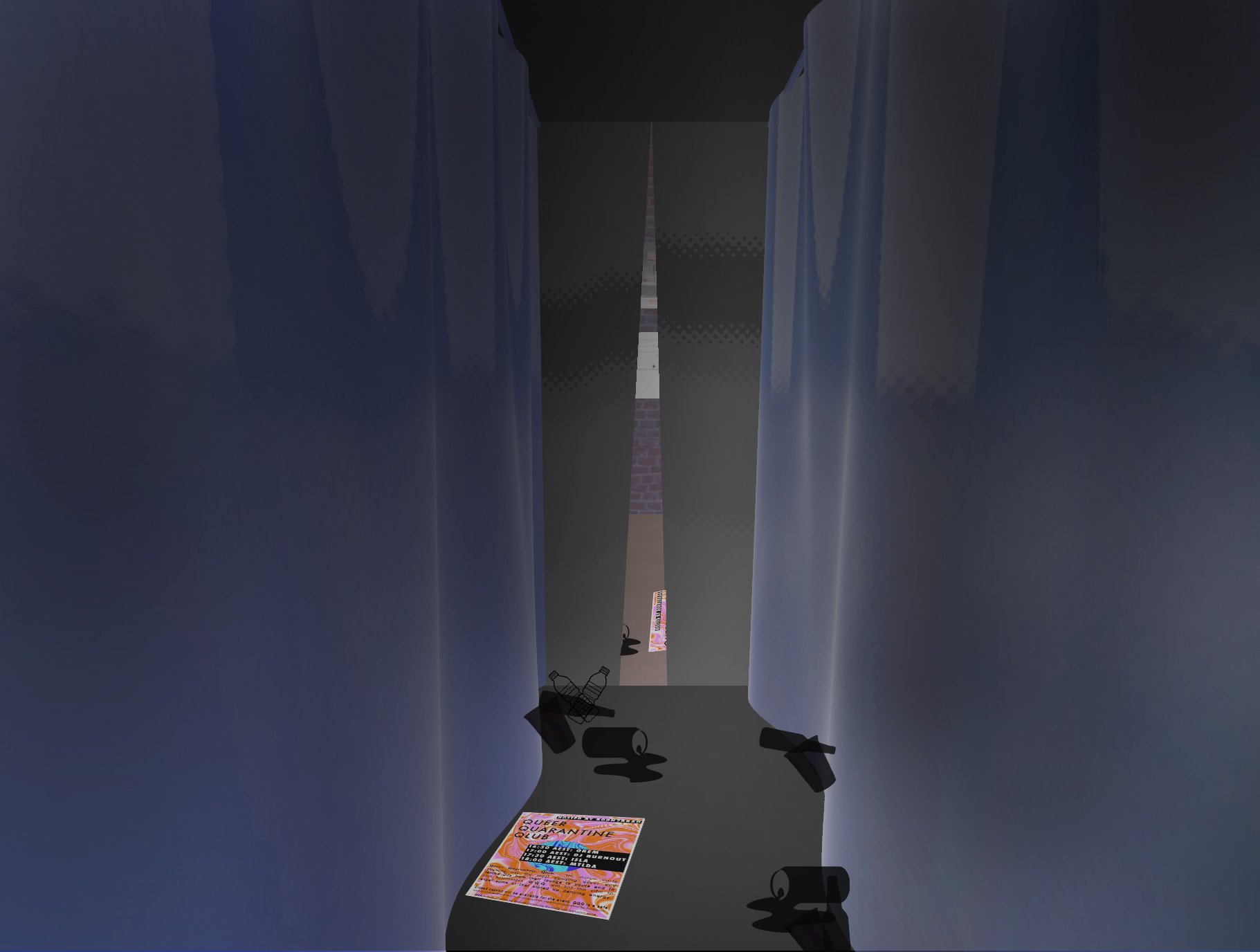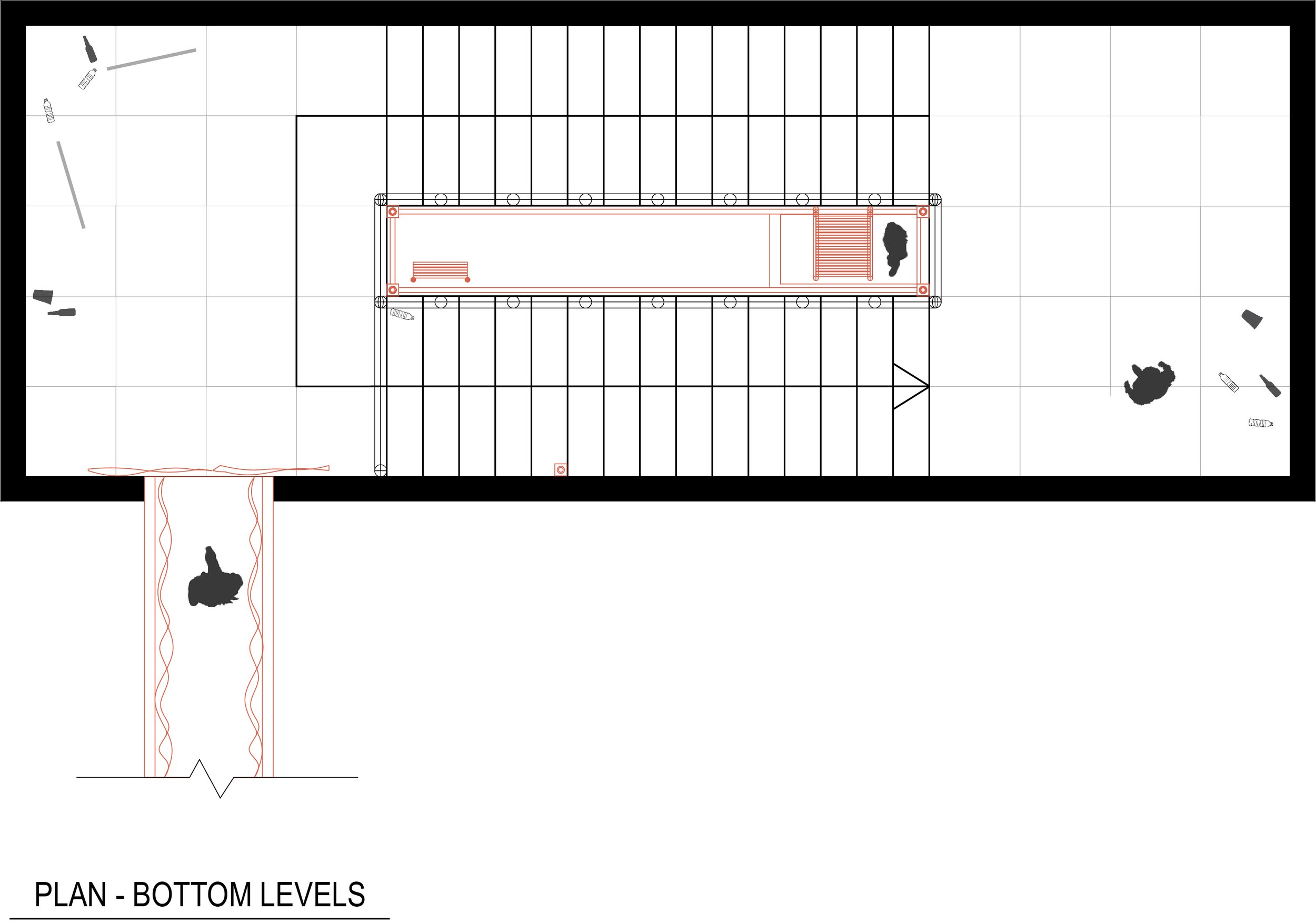Spatial Concepts
Exploring how architecture shapes perception and connection, these projects use Rhino, Revit, Enscape, 3ds Max, and Adobe Creative Suite to test space, material, and atmosphere. Each work examines the intersection of technology, human experience, and the built environment, highlighting how digital tools can be used to imagine new forms of interaction and possibility.
Self Reflector
Awakening
Club Heterotopia
Self Reflector; Reflector, Observer
Self Reflector is a space filled with reflective forms activated by the presence of the viewer, to produce a sense of uneasiness and self-awareness through a constant play on reflective surfaces and human observation. Visitors’ psychological and physical awareness is heightened, while awareness of their relationship to others is also amplified.
Taree MacKenzie’s Pepper’s ghost Diagram
The work demonstrates the reliance on the presence of human bodies, as well as reflective surfaces and ideas around ‘the observer’. Humans are positioned in an environment that provokes self-realisation within a social context. Self Reflector allows us to slow down in this current fast-paced environment and even if just for a moment allows us to stop and think about our position within the world and how, as individuals and as groups we can be positively influential to the world and environment around us.
“In all my work...geometric forms inhabited and activated by the presence of the viewer, and a sense of uneasiness and psychological alienation is produced by a constant play between feelings of inclusion and exclusion.”
Dan Graham, “Heart Pavilion,” in Two-Way Mirror Power, p. 173.
The project presents two separate spaces. The first space, Reflector, has seven reflective structures, that allows bodies to move within and around the space, and ultimately become apart of an experience. Using two-way mirror and sensored lighting, the audience shift from observing their own reflection to observing bodies through the other side. While this is occurring a small hidden camera, positioned in the layers of the mirror, is recording live footage into the second space, Observer. Suddenly, a realisation occurs where visitors become aware that they were being watched while moving around the Reflector space.
Pepper’s Ghost Diagram
Awakening
Awakening is a speculative treatment centre that encourages the release of Oxytocin in elderly beings embracing mortality and suffering from loneliness. Can technology replace human touch? Through three bodily experiences, Embrace, Immersion and Levitation are three spaces that explore the body’s interactions with advanced technologies such as AI and low technologies to prompt the body into a state of relaxation.
Project Film: https://youtu.be/HEAE4dT_GpM
A treatment centre to encourage the release of Oxytocin in elderly beings embracing mortality and suffering from loneliness.
Ethics of Technologies: Awakening is a collaboration with my peer, Cynthia Cheng. We aim to question the ethics behind technology replacing human touch and if this is even possible. We experiment with conceptual underpinnings, research and materiality to deal with the question, can technology replace human touch?
Awakening is a speculative treatment centre that encourages the release of Oxytocin in elderly beings embracing mortality and suffering from loneliness. The world is experiencing its first mass epidemic of loneliness and social isolation due to advanced technologies and a series of pandemics. Elderly beings are the ones suffering most. Could AI assist in providing a new form of touch?
Through three bodily experiences, Awakening stimulates the release of the stress reducing hormone, Oxytocin. Embrace, Immersion and Levitation are three spaces that explore the body’s interactions with advanced technologies such as AI and low technologies to prompt the body into a state of relaxation.
Club Heterotopia
Within the Club Heterotopia project I have designed a mini stairwell party that sits within a larger context of the site building. This party space is a threshold space between one area and another. It is designed for the ephemeral, using an existing site and utilising limited and found materials. It considers ways of entry and movement through a vertical space that is usually used as a means of moving between levels.
The mini stairwell party was designed within the larger context of the site building. I became interested in Michel Foucault’s ideas around openness and closure and Bridget Chappell’s thoughts on a Situation in relation to a narrow window of time and space, and, how a group of people can collectively hold a space one minute and not the next.
I mapped these ideas over the existing stairwell and began to notice these unoccupied spaces that I could potentially use within my design, located above each platform.
It is a design for the ephemeral and similarly to Chappell’s rave, finding an existing site and to work with limited and found materials, was a main focus. As it is a found location with found materials there is a level of risk involved which adds to the nature of a rave.
The entrance was another focus where I wanted to add to the discrete nature of a rave and using tarp in a tunnel like manner people would have to find their way through to the rave.
Once you enter the space and go down a flight of stairs there is a boarded up doorway and the lower levels are blocked off with board and tarp. Here is where you begin climbing the scaffolding, however climbing on the structure from any level is also possible.
Club Heterotopia is a project that explores the Kiki scene which traces back to the 1920s ballroom culture, an underground community that emerged in New York City during the Harlem Renaissance as a safe space for queer people of colour. The project also investigates Michel Foucault’s ideas around openness and closure and space and time.
“And if we then consider that the ship - the great ship of the ninteenth century - is a piece of floating space, a placeless place, living on its own, closed in on itself, free in a sense, but fatally delivered to the infinite space of the sea...The ship is the heterotopia par excellence.”
Anthony Vidler, Michel Foucault and Pamela Johnston: Heterotopias (AA Files, no. 69, 2014)
